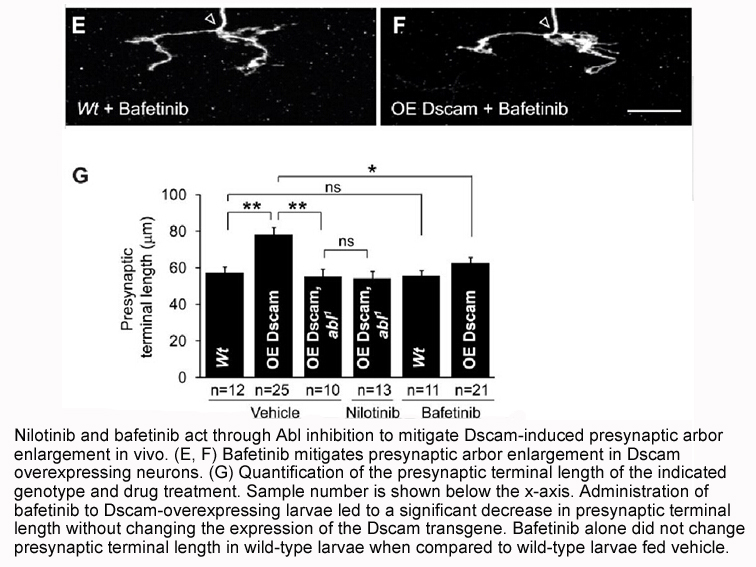Archives
Detailed data were available in Kilifi
Detailed data were available in Kilifi not only on carriage of vaccine types of pneumococci, but also on receipt of vaccine by the individuals in the study, and the overall vaccine coverage in the silybin was also known. The data suggest that vaccine coverage of around two-thirds of children younger than 5 years was sufficient to induce herd protection. This number is similar to the estimate of coverage of children (65–75%) needed to induce herd protection to PCV13 in Boston (MA, USA).
Using country specific epidemiological-economic modelling, Mark Jit and colleagues show how the adoption of safe, well tolerated, immunogenic, and effective vaccination of 12-year-old girls against the cancer-causing human papillomaviruses (HPV) will prevent hundreds of thousands of cases of, and deaths from, cervical cancer worldwide.
Endemic treponematoses are a group of chronic bacterial infections caused by non-cultivable, spiral-shaped bacteria closely related to —the syphilis agent. Yaws is the most common of the endemic treponematoses and is prevalent in poor rural communities in remote tropical areas of Africa, Asia, and the Pacific Islands. The infection typically affects children and adolescents and is transmitted through skin-to-skin contact with an active lesion. Without treatment, about 10% of people infected with —the yaws agent—develop disfiguring and disabling complications. Prevention of yaws is based on interruption of transmission by early diagnosis and treatment of individual cases and mass or targeted treatment of affected communities. Diagnosis of yaws is based mainly on clinical observation and epidemiological findings. However, because yaws can be confused with other diseases that are present in the tropics, diagnosis must be confirmed by laboratory techniques.
Yaws was one of the first diseases targeted by WHO for eradication—ie, permanent reduction to zero of yaws prevalence on a worldwide scale. The Global Yaws Control Program ran from 1952 to 1964, treated 50 million individuals, and reduced the prevalence of yaws by more than 95%. Unfortunately, the disease re-emerged in the late 1970s after control efforts waned. In March, 2012, WHO convened a meeting in Morges, Switzerland, to develop a new strategy for eradication of yaws by 2020. The Morges strategy is based on initial mass treatment of endemic communities followed by resurveys every 6 months to detect and treat remaining cases.
Although the task of yaws eradication is daunting, two advances have rekindled hope for success. First, the longstanding WHO-recommended treatment for yaws is one intramuscular injection of benzathine benzylpenicillin (1·2 million units for adults and 0·6 million units for children). Although effective, use of penicillin has many associated issues—eg, the need for refrigeration and for trained personnel to administer the drug, the risk of blood-borne pathogen transmission via needles, and the potential for anaphylaxis. In 2012, Mitjà and colleagues reported that one oral dose of azithromycin (30 mg/kg, to a maximum of 2 g) was as effective as benzathine benzylpenicillin for treatment of yaws-infected children in Papua New Guinea. Azithromycin has several advantages, including safety and ease of administration. If findings of WHO-funded pilo t studies confirm the efficacy of azithromycin for yaws, its use as the preferred treatment would greatly simplify the task of community-based mass treatment.
Second, because of the antigenic similarity of the yaws and syphilis agents, serological tests for syphilis are also used for diagnosis of yaws, although these tests cannot differentiate the two diseases. For serodiagnosis of active yaws infection, detection of antibodies to both non-treponemal (ie, cardiolipin) and treponemal components is needed. During the initial stage of yaws infection, non-treponemal serological tests for syphilis—such as the rapid plasma reagin (RPR) test—become reactive, but after treatment they usually show greatly decreased reactivity or become non-reactive. By contrast, treponemal serological tests for syphilis—such as the haemagglutination assay (TPHA)—generally remain reactive for life, irrespective of treatment, precluding the ability to distinguish between active and past infections. Although RPR reactivity is a better indicator of active infection and the need for treatment, a serum sample is needed for the RPR test, and the test must be done in a clinical setting, which is rarely available in yaws-endemic areas.
t studies confirm the efficacy of azithromycin for yaws, its use as the preferred treatment would greatly simplify the task of community-based mass treatment.
Second, because of the antigenic similarity of the yaws and syphilis agents, serological tests for syphilis are also used for diagnosis of yaws, although these tests cannot differentiate the two diseases. For serodiagnosis of active yaws infection, detection of antibodies to both non-treponemal (ie, cardiolipin) and treponemal components is needed. During the initial stage of yaws infection, non-treponemal serological tests for syphilis—such as the rapid plasma reagin (RPR) test—become reactive, but after treatment they usually show greatly decreased reactivity or become non-reactive. By contrast, treponemal serological tests for syphilis—such as the haemagglutination assay (TPHA)—generally remain reactive for life, irrespective of treatment, precluding the ability to distinguish between active and past infections. Although RPR reactivity is a better indicator of active infection and the need for treatment, a serum sample is needed for the RPR test, and the test must be done in a clinical setting, which is rarely available in yaws-endemic areas.